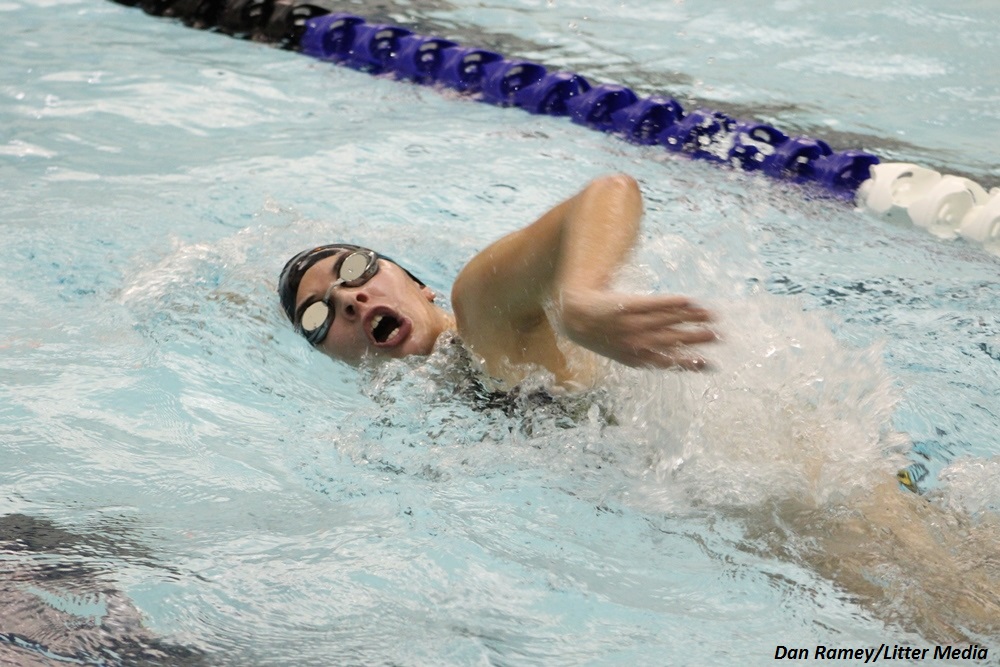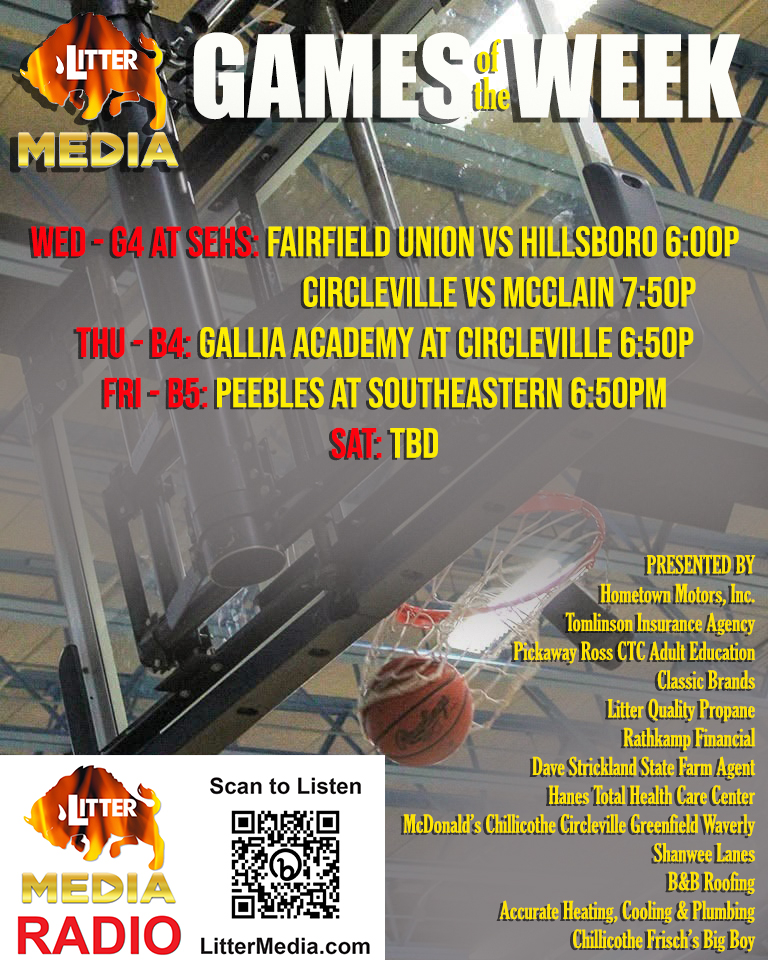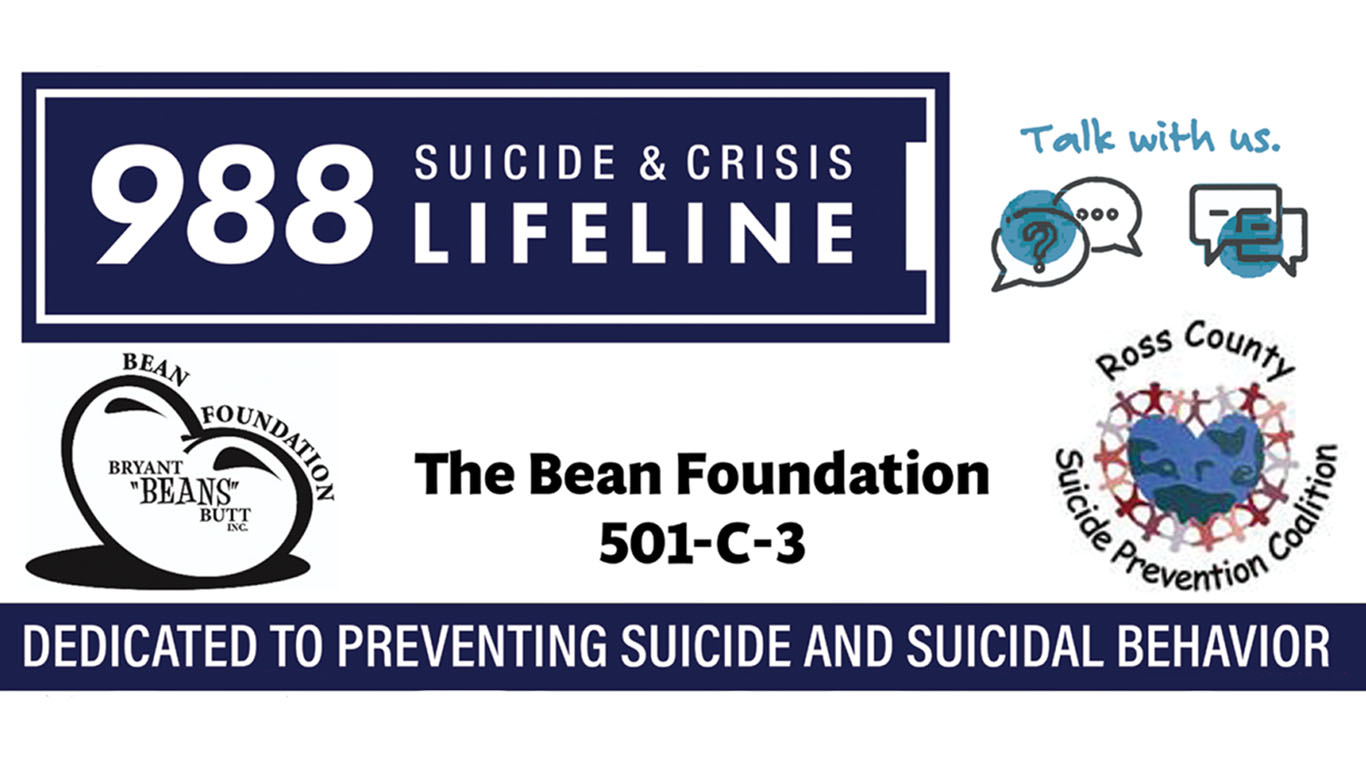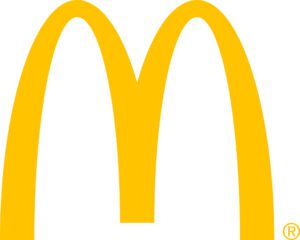
New Rules Accepted For High School Swimming & Diving
Presented By Rathkamp Financial
(INDIANAPOLIS) — In an effort to increase participation in high school swimming and diving, standing forward takeoffs have been approved, effective with the 2021-22 school year.
This significant addition to high school diving was one of several rules changes recommended by the National Federation of State High School Associations (NFHS) Swimming and Diving Rules Committee at its March 21-23 meeting held virtually this year. All of the committee’s recommended rules revisions were subsequently approved by the NFHS Board of Directors.
The addition to Rule 9-5-2 states that for standing takeoffs, “the diver will assume a starting position that includes an upright head and body with arms straight and in a position of the diver’s choice. The diver may move the arms to various preparatory positions provided there is no attempt to start the dive.”
The new language also notes that just before or after the starting position is assumed, the diver shall stop oscillating the board. For standing takeoffs, the diver cannot oscillate the board more than four times, cannot let one or both feet leave the board during an oscillation prior to the final spring from the board, and cannot permit an oscillation to be too large to disrupt the tempo of the dive.
“The standing forward takeoff is a critical part of the educational process in teaching new dives,” said Sandy Searcy, NFHS director of sports and liaison to the NFHS Swimming and Diving Rules Committee. “This provision allows divers to participate in competition sooner, even if they have not mastered all parts of the dive, and it encourages growth in the sport.”
A new article in Rule 9-3 notes that if a diver elects to perform a standing forward takeoff, he or she must declare intent to the diving referee before performing the dive. When a diver performs a standing forward takeoff, a two-point penalty is assessed since all components of the dive are not being completed. In addition, if a diver doesn’t declare intent to perform a standing takeoff, it will be an unsatisfactory dive, and the diver will receive a score no higher than two points.
In other diving rules changes, Rule 9-2-1 now allows for diving boards to be open for practice during championship meets if breaks between sessions extend longer than 10 minutes – unless the meet director establishes specific guidelines prior to the start of competition. A change in Rule 3-3-5c now permits divers to use temporary adhesives during competitions.
In addition, a new Rule 9-6-4 states that if a dive is executed other than that which was announced, and is properly listed on the scoresheet, it will be judged as a correct dive and considered an announcer error. If the diver completes a dive as announced and it is determined that the announcer was in error, the diver will be allowed to immediately perform the correct dive.
Among changes in swimming rules, new Rule 3-3-5 permits competitors, for religious reasons, to wear suits that provide full body coverage without obtaining prior state association authorization – as long as the suit meet requirements in Rule 3-3-4b(1-3). The NFHS Swimming and Diving Rules Committee is the fifth NFHS sports rules committee to adopt or adjust a rule this year related to the wearing of equipment for religious purposes.
A revision in Rule 3-2-5 now states that in relays, the leadoff swimmer must be declared at the specified time and place prior to the start of the event.
A complete listing of the swimming and diving rules changes will be available on the NFHS website at www.nfhs.org. Click on “Activities & Sports” at the top of the home page and select “Swimming and Diving.”




























